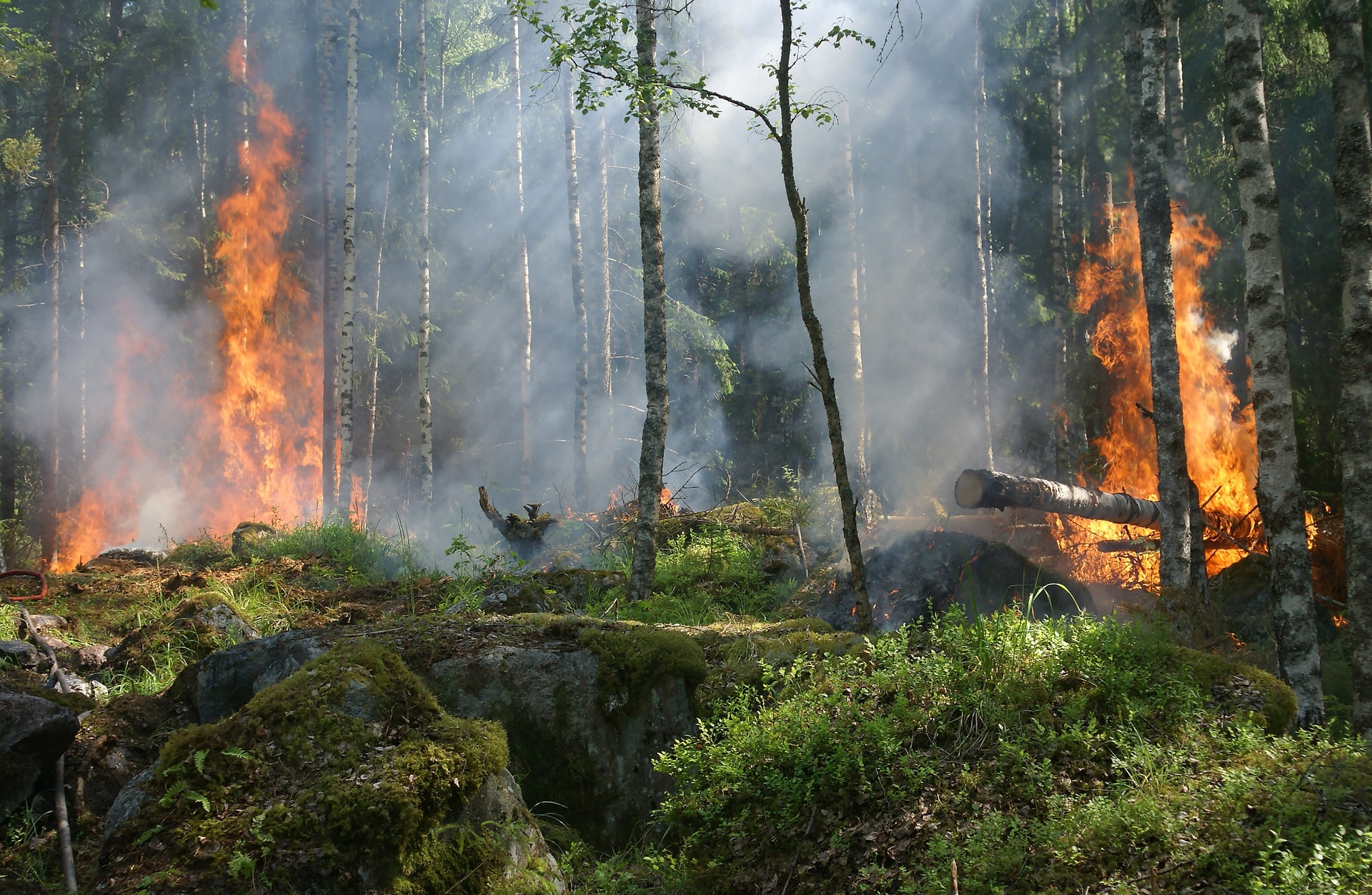
The Increasing Threat of Wildfires: What Climate Change Means for Fire Season
The increasing threat of wildfires is a serious concern, as climate change has led to longer, more severe fire seasons. With rising temperatures and drier conditions, it is crucial that we take action to protect our communities from these dangerous fires. Whether through increased wildfire prevention efforts or stronger disaster response protocols, it is essential that we adapt to the changing conditions to keep our families and homes safe.
The wildfire season in the United States has become noticeably longer and more intense in recent years, with large fires occurring earlier in the spring and lasting later into the fall. Scientists have attributed this trend to climate change, which is causing an increase in temperatures and a lengthening of the dry season in many parts of the country.
This is particularly bad news for the western United States, where wildfires have long been a major environmental and public safety issue. The wildfire season in California, for example, has become upwards of 90 days longer than it was 40 years ago.
So what does this mean for fire season? And how can we prepare to deal with an increased risk of catastrophic wildfires in the future? Read on to learn more.
First, the rising temperatures and longer dry seasons are helping to create conditions that are prime for wildfires. As spring and summer get hotter, vegetation dries out faster, creating more fuel for fires. And with little rainfall in many parts of the western United States, it is easier for small fires to spread out of control, making fires more difficult and expensive to put out.
Second, climate change is also changing the types of trees and shrubs that grow in certain regions. This can have a major impact on the severity of wildfires, as some plants are naturally more flammable than others. For example, needle-leaf trees such as pines and firs tend to be more flammable than broad-leaf trees such as oaks. As climate change causes a shift in vegetation, we can expect to see a greater number of these high-flammability plants in many regions.
Finally, increased temperatures are also correlated with a shorter “fire season,” because fires can start and spread more easily when the conditions are favorable. However, as we have seen in recent years, this shortened season has actually resulted in a longer “fire year,” which is defined by the total area burned throughout the entire year.
So what can we do to address these issues? The most important thing is to prepare for wildfires. In addition to practicing fire safety at home and in the workplace, we can support legislation that strengthens our national forest management policies, as well as funding for firefighters and other first responders who are on the front lines of these devastating events.
In short, climate change has made wildfire season a serious threat in many parts of the United States. It is critical that we take steps to reduce our vulnerability and prepare for the worst. Let’s work together to protect our communities, natural resources, and ecosystems from devastating wildfires in the future.